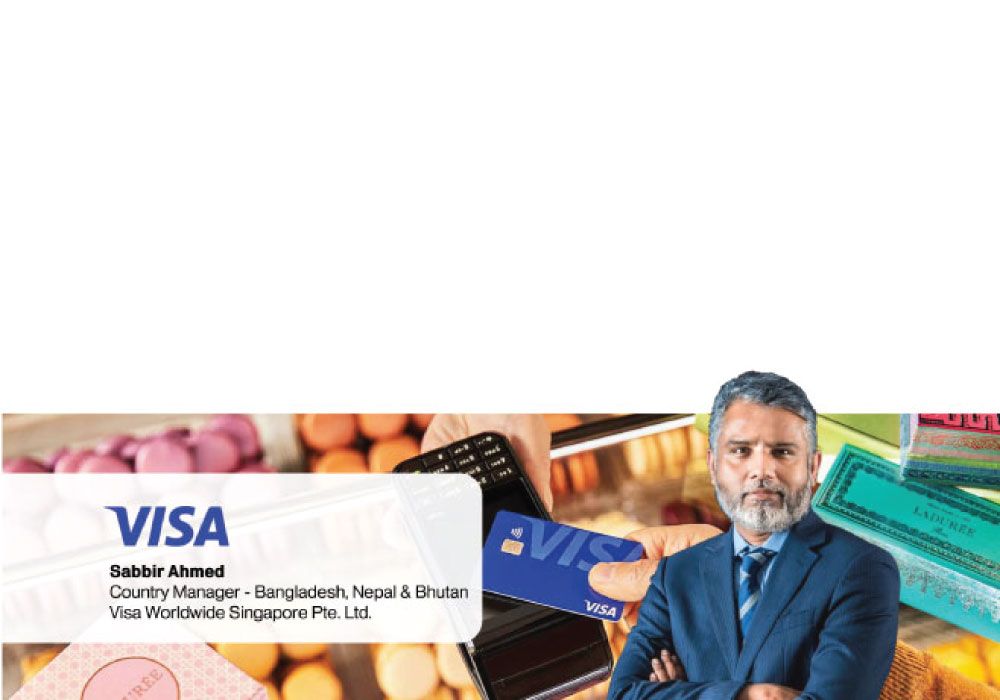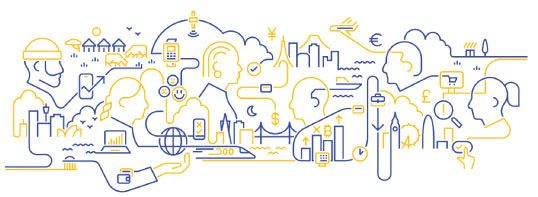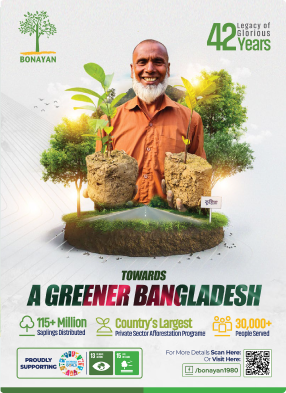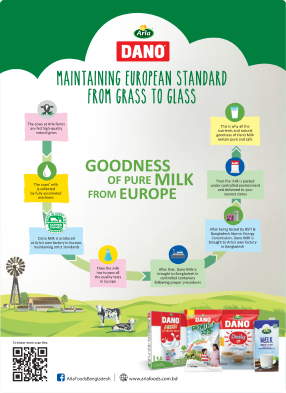- info@ficci.org.bd
- |
- +880248814801, +880248814802
- Contact Us
- |
- Become a Member
- |
- |
- |
- |
- |

Digital payments are on the rise in Bangladesh as most forms of digital payments—via cards, credentials, wallets, and QR codes—witness rapid adoption. With 45% of the population connected to the internet¹ and 63% penetration of smartphones², the future of payments looks increasingly digital, flexible, and driven by consumer choice.
Most wallets and QR code-based payments in Bangladesh, now even linked with Visa cards for ease of use, are giving consumers easier and more sophisticated ways to pay; biometrics are reducing reliance on PINs; and globalization is accelerating cross-border payments.
The following key trends are shaping the future of payments in Bangladesh:
 1. Acceleration of Digital Payments and QR Code Transactions
1. Acceleration of Digital Payments and QR Code Transactions
From a cash-based economy, Bangladesh is gradually shifting towards digital payments. The number of debit and credit cards, adoption of mobile financial services (MFS), internet banking, and fintech apps has grown significantly, primarily driven by QR code-based payments.
Looking forward, more small merchants, street vendors, and retail shops are expected to adopt QR-based payments for convenient and cashless transactions.
 2. Expansion of Contactless Payments
2. Expansion of Contactless Payments
Contactless payments using Near Field Communication (NFC) technology are gaining momentum. Almost all banks and financial institutions have introduced NFC-enabled debit and credit cards so customers can tap their cards to pay. At Visa, we are seeing rapid growth in contactless card transactions, driven by consumer demand for frictionless transactions, particularly in retail, transport, and food services.
 3. API-Based Payment Solutions
3. API-Based Payment Solutions
API-based payment solutions are gaining traction in Bangladesh, enabling seamless financial data sharing between banks, fintech firms, and third-party service providers through Application Programming Interfaces (APIs).
This is set to grow with more banks and MFS allowing fintechs, utility companies, and other service providers to connect through mobile apps, allowing consumers to access multiple financial accounts on a single platform, transfer funds faster, automate bill payments, and use personalized financial services. This will also enhance financial inclusion and customer convenience while encouraging competition and innovation in the fintech sector.
 4. AI and Blockchain in Fraud Prevention and Security
4. AI and Blockchain in Fraud Prevention and Security
As digital payments grow, so do concerns about cybersecurity and fraud. Financial institutions are leveraging Artificial Intelligence (AI) and Blockchain to enhance payment security. AI can personalize payment experiences and enhance fraud detection capabilities, using deep learning algorithms to analyze transaction patterns and identify potential risks in real-time, enhancing payments for buyers and sellers.
For more than 30 years, Visa has been at the center of AI in payments, investing $3.3 billion in our AI and data infrastructure over the last decade. This year, we introduced three new AI-powered risk and fraud prevention solutions in some markets, as part of the Visa Protect suite, designed to reduce fraud across immediate A2A and online payments.
 5. Expansion of Cross-Border Payments and Remittances
5. Expansion of Cross-Border Payments and Remittances
Bangladesh received more than $26 billion in remittances from its overseas workforce in 2024³. Traditionally, remittance transfers have been slow and costly due to high fees and intermediaries, but that’s changing with fintech innovations.
Fintech partnerships with global payment providers (like Visa Direct) will save time and cost on fund transfers, playing a crucial role in driving financial inclusion and supporting the Bangladesh economy.
 6. Rise of Super Apps and Embedded Finance
6. Rise of Super Apps and Embedded Finance
Fintech companies and MFS providers are evolving into super apps, offering multiple financial services under one platform. Super apps integrate:
Popular platforms are expanding their ecosystems to provide a complete digital financial experience. The rise of embedded finance, where financial services are integrated directly into non-financial apps, will further transform the payments landscape in 2025.
With continued innovation and collaboration between banks, fintech firms, and the government, Bangladesh is on the path of digital transformation. The shift toward cashless, faster, and more secure payments will not only boost economic growth but improve financial accessibility for millions.






